In the annual Museums special section of The New York Times, published today, I have an article about the growing prevalence of exhibitions that focus on works owned by a single collector.
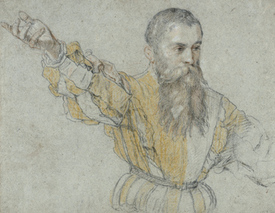 The gist is this: there are three reasons for these shows. One is economic; they’re cheaper than other loan shows. The second is what often gets lost when, say the New Museum controversially puts on an exhibition of works owned by trustee Dakis Joannou — they can be a legitimate way of viewing art. Third, many museums have total, or near-total, gaps in their permanent collections, but want to exhibit art in that category.
The gist is this: there are three reasons for these shows. One is economic; they’re cheaper than other loan shows. The second is what often gets lost when, say the New Museum controversially puts on an exhibition of works owned by trustee Dakis Joannou — they can be a legitimate way of viewing art. Third, many museums have total, or near-total, gaps in their permanent collections, but want to exhibit art in that category.
I disagree with those who say these shows should not be mounted unless the collection has been gifted to the museum.
Make no mistake: as I’ve said before (in Oct. 2009), museums should have rules about doing these shows, which are rife with potential conflicts of interest. There should, for example, be agreements with the lender against subsequent sales of the works on display for a reasonable time thereafter; the lender should not pay for the show, though I think a contribution toward the publication of a catalogue and payments for necessary conservation of the works on view are fine, etc.
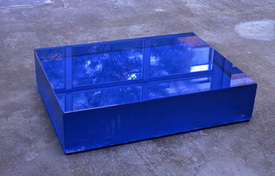 Transparency is a necessity. (The Association of Art Museum Directors has some general guidelines, from 2007, that suggest questions museum directors should ask themselves regarding private collectors. In January, 2010, then AAMD president Michael Conforti addressed the issue in a message to members, but it doesn’t add anything.)
Transparency is a necessity. (The Association of Art Museum Directors has some general guidelines, from 2007, that suggest questions museum directors should ask themselves regarding private collectors. In January, 2010, then AAMD president Michael Conforti addressed the issue in a message to members, but it doesn’t add anything.)
These exhibitions will continue, and they have a place in the museum repertoire. One person I called during my reporting who did not make it into the article — New Yorker art critic Peter Schjeldahl — put it very well.
It’s a genre. A collection is like an essay that is not about art, but of art. Of course you can argue with it, unless it’s the Frick Collection, which is just perfect.
He also showed his gift with words — I called him out of the blue — with his first response to my question about their legitimacy: “There’s a whole constituency in the art world that acts like hall monitors, policing the manners of everyone.” He, like so many others, just want to see art that’s normally behind locked doors.
I cite several examples in my article. Recently, at the Art Institute of Chicago, director James Cuno has mounted a series of single-collector shows, including Richard Gray (whose exhibit included the drawing by Giuseppi Salviati, above left, and Donna and Howard Stone, whose collection includes the Roni Horn sculpture, above right.
But think of all the marvelous collectors who led taste or assembled troves of art that could not otherwise be seen by the public: the Vogels, the van Otterloos, Charles Saatchi, Eugene Thaw, on and on.
And from the past: the Steins, the Arensbergs, Edgar Degas (who, had he not gained renown as an artist, would have gone down in history as a great collector), and Ambroise Vollard, among many others.
This certainly should not be the third-rail kind of issue that some art pundits want to make it.
Still, it’s sensitive. For the article, I spoke too with John Ravenal, curator at the Virginia Museum of Fine Arts and president of the Association of Art Museum Curators. Ravenal was all for the shows, with sensitivities. But, he said, “you don’t want to be a place that routinely shows private collections.”
And, he added, before taking my call, the VMFA tightened up its own guidelines for such shows.
Photo Credits: Courtesy of the Art Institute of Chicago

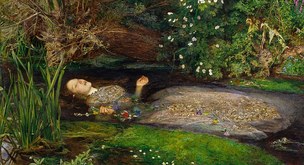
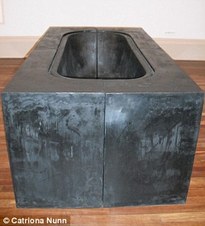
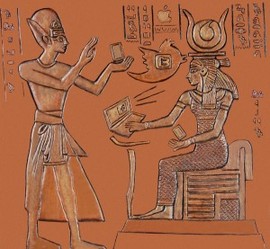
 Earlier, in late January, the New Museum had sent out a
Earlier, in late January, the New Museum had sent out a 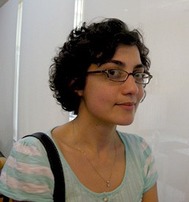
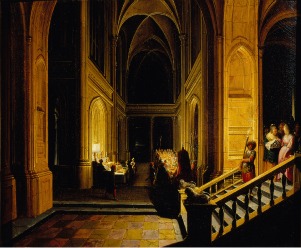 And now it’s an example of how museums should be addressing their collections. In a Mar. 9
And now it’s an example of how museums should be addressing their collections. In a Mar. 9